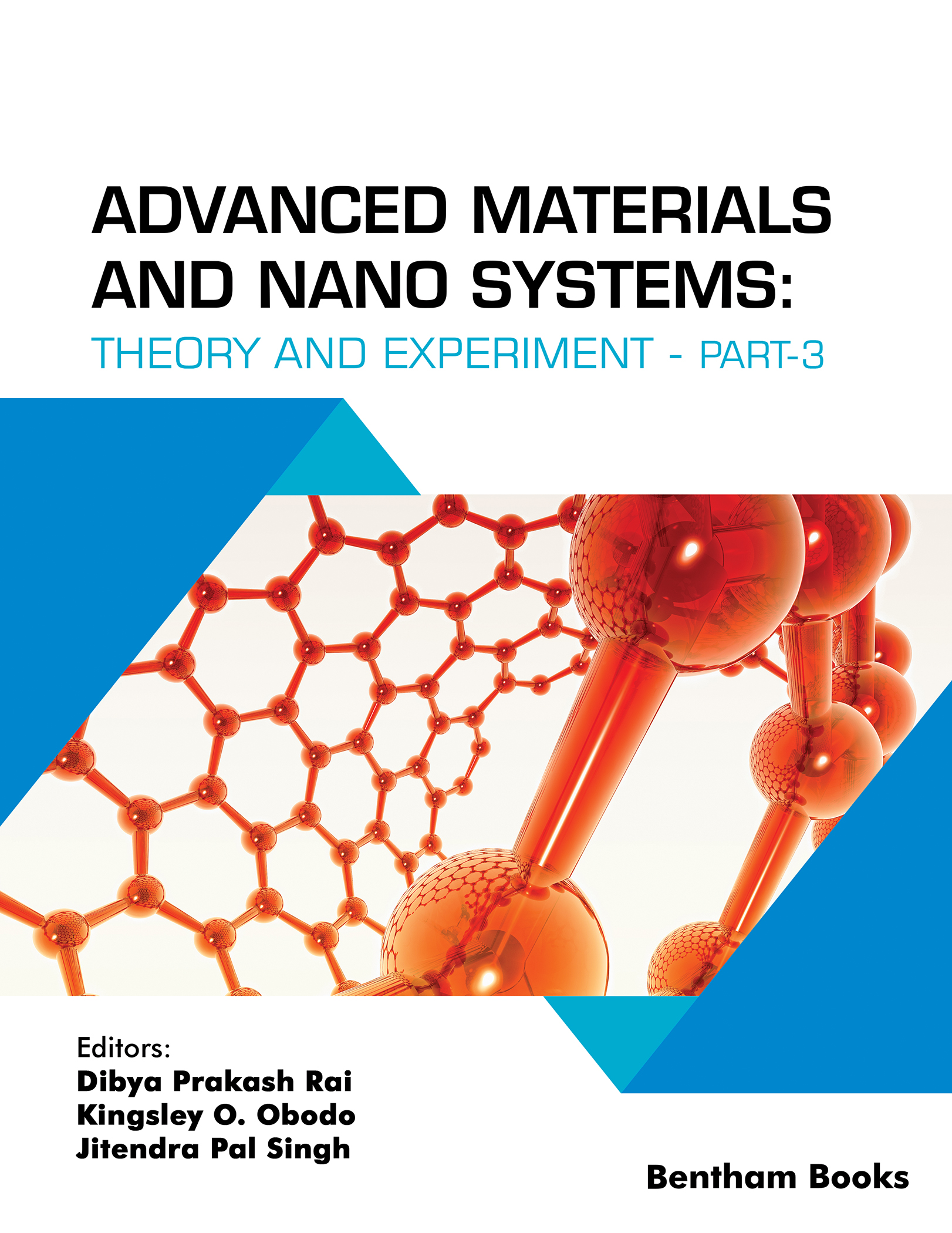Heterogeneous Semiconductor Photocatalysis for Water Purification: Basic Mechanism and Advanced Strategies

- Authors: Naorem Premjit Singh1, Yengkhom Rangeela Devi2
-
View Affiliations Hide Affiliations1 A. R. S. D. College, University of Delhi, Dhaula Kuan, New Delhi, India 2 Department of Physics, Pachhunga University College (PUC), Aizawl, Mizoram, India
- Source: Advanced Materials and Nano Systems: Theory and Experiment (Part 3) , pp 283-311
- Publication Date: July 2024
- Language: English
Heterogeneous Semiconductor Photocatalysis for Water Purification: Basic Mechanism and Advanced Strategies, Page 1 of 1
< Previous page | Next page > /docserver/preview/fulltext/9789815223101/chapter-11-1.gif
Water is essential for all living things, whether it is human beings, animals or plants. Around 70% of the total earth's surface is covered by water, however only a small fraction of it (2.5%) is found as fresh water. On the other hand, due to anthropogenic activities like industrialization, a huge increase in population, utilization of toxic chemicals in agricultural activities etc., the available freshwater bodies have been contaminated by various kinds of pollutants, including toxic chemicals released mainly from industries like textile, which causes hazardous to both human being and aquatic life. Therefore removal of these toxic chemicals before entering into fresh water bodies is of great importance. Heterogeneous semiconductor photocatalysis is the most effective green method in this regard because it enables to degrade the pollutants into non hazardous products like CO2 and H2O without releasing any harmful residue. Therefore, understanding the knowledge of photocatalysis mechanism is very significant to enable further improvement. Hence, this chapter presents the basic mechanism of photocatalysis, its drawbacks and the advanced strategies to improve the catalytic efficiency. Finally some of the important factors that provide strong influences on the catalytic activity also have been discussed.
-
From This Site
/content/books/9789815223101.chapter-11dcterms_subject,pub_keyword-contentType:Journal -contentType:Figure -contentType:Table -contentType:SupplementaryData105

